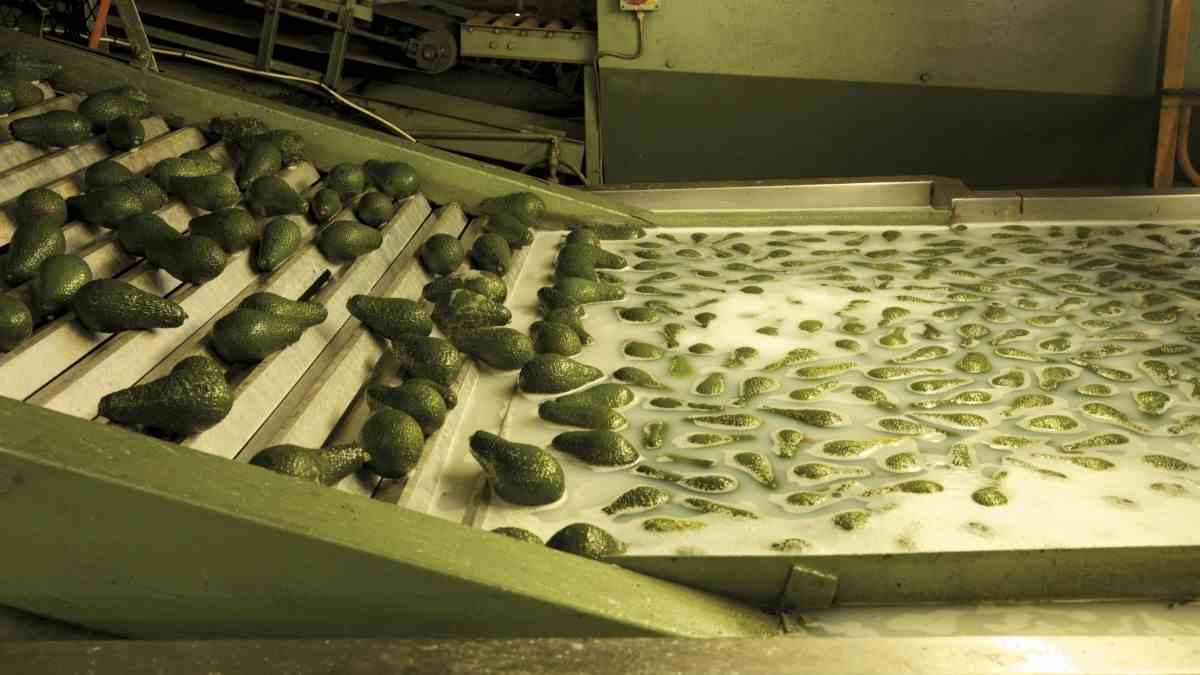Over the weekend, Jan De Lai, from Yungaburra, Queensland, saw Australia’s avocado problem first-hand. At the eco-dump in Atherton, the retiree discovered a mountainous landscape of rotting avocados. Avocados of all things, which should be used sparingly simply because of their high water consumption during cultivation – depending on the location up to 1000 liters per kilo. Jan De Lai found the sight “shocking”, made a video and posted it on Facebook and wrote: “Certainly they could have been used as animal feed or for the production of oil. Poor farmers.”
Various media such as the broadcaster ABC picked up on her pictures. And now the trade association Avocados Australia (AA) does not talk about it for long. The video is actually shocking, says spokeswoman Anna Petrou on the phone: “This amount.”
There are too many avocados in Australia. That’s why there are too many avocados with damage such as sunburn, bruises or insect infestation, which then end up on the Atherton heap, for example, because the farmers can’t process them or get rid of them in any other way. The pictures tell of the abundance of the monoculture. It’s an interesting development considering the place the avocado held in Australian society not too long ago.
The avocado is a plant from Central America. It only came to Australia in 1840 and was long underestimated as a source of vitamins and low-sugar energy. In fact, avocados are so healthy that some people should get them on prescription. According to the British health portal Medical NewsToday Regular avocado consumption lowers the risk of high blood pressure, heart disease, obesity, diabetes, depression, cancer and more. The AA association had good arguments when it wanted to strengthen the industry with its Add-an-Avo-Everyday campaign ten years ago.
The hipster fruit became mass-produced
Back then, the avocado was considered a rather elite ingredient. In 2016, she even became a symbol of generational conflict when demographer Bernard Salt wrote in the newspaper TheAustralian wrote, “I’ve seen young people order avocado spread with feta sprinkles on five-seed toast for $22. I can afford that for lunch because I’m middle-aged and have supported my family. But how can young people do it.” The avocado consumer as an irresponsible hipster – that’s what it sounded like.
But now Australia’s avocado is a cheap, mass-produced commodity. According to the AA, Australian farmers produced a total of 78,085 tonnes of avocados worth AUD 563 million (EUR 374 million) in 2020/21, almost twice as much as in 2009/10. Of the almost 26 million inhabitants of Australia, each consumed an average of four kilos. Too little. AA Chief Executive John Tyas says: “It has been tough for farmers this year to get rid of their inferior fruit due to the current oversupply of Australian avocados.”
What to do? AA wants to increase domestic consumption. And the export. As an avocado supplier, Australia is far behind industry leader Mexico and many others who earn well from the not exactly environmentally friendly plantations. Growing fewer avocados is therefore not part of the future plan. On the contrary: Australia’s avocado production is expected to grow by 170,000 tons a year by 2026. A smart trend? Even the avocado-loving portal Medical NewsToday writes, “As with all foods, overdoing it can lead to undesirable consequences.”

